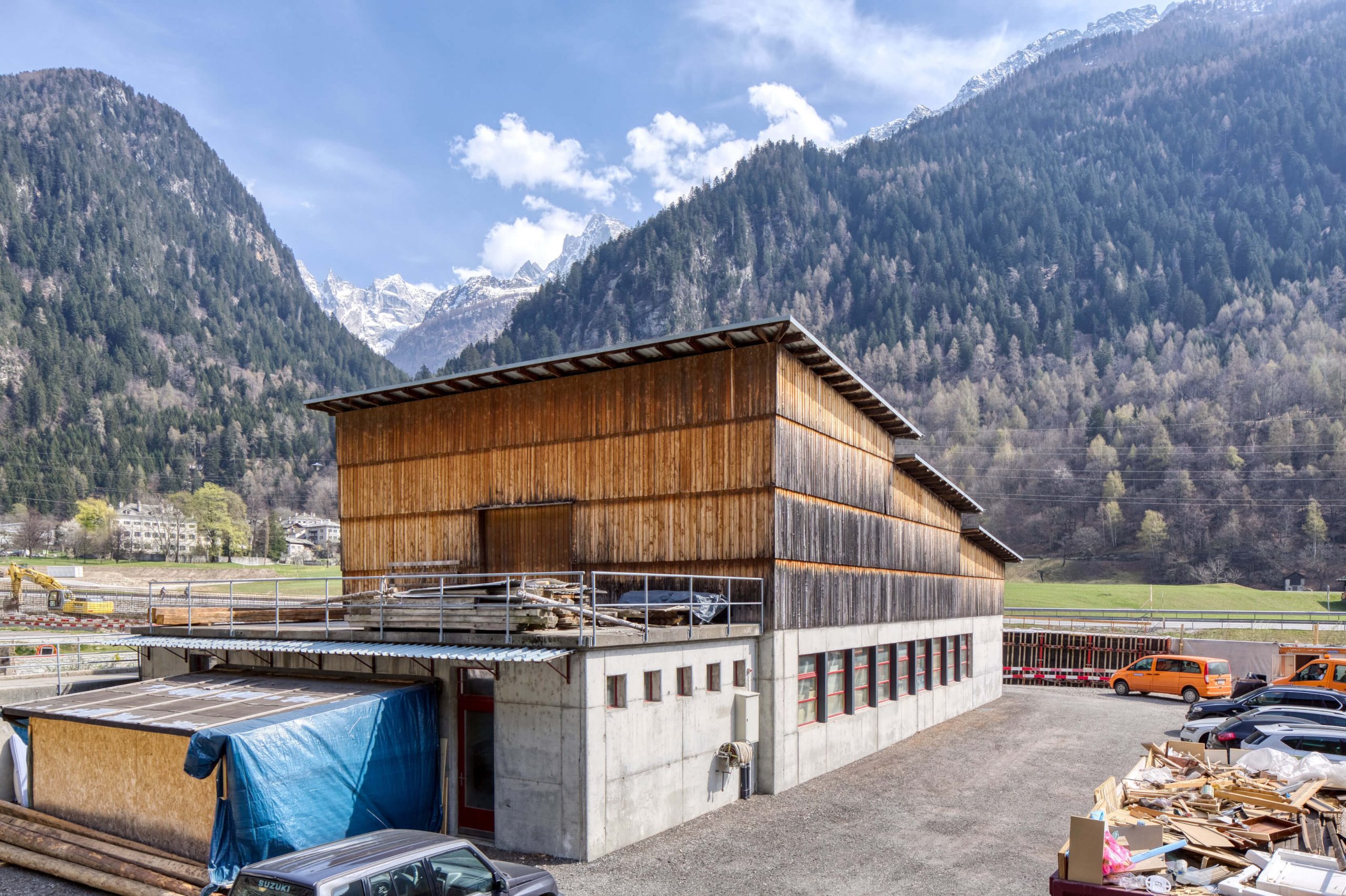
Architecture for production in the Alps
Abstract
Production buildings and infrastructures, being the man-made marks left on the Alpine landscape, have historically had a different value than they have today. For a short period during modernity, they were used as advertising elements to represent the progress of Alpine territories and were later ignored by the architectural discourse, which failed to understand their cultural, environmental and ecological values. These buildings were often the subject of that “spatial separation” between the energy production and the energy consumption areas which contributed, even in the Alpine territory, to the construction of industrial areas devoid of any character or attractiveness. It is only since the end of the last century that the growing environmental, social, cultural, and political awareness, as well as the emergence of major environmental and climate crises have contributed to the realisation that the quality architectural project is of fundamental importance in the construction of industrial and productive buildings. After a brief introduction, the article illustrates some examples of contemporary architecture for production in the Alps, arranged functionally. There are agricultural buildings, small workshops, facilities for the production and distribution of electrical and thermal energy, waste treatment plants, and office buildings.







